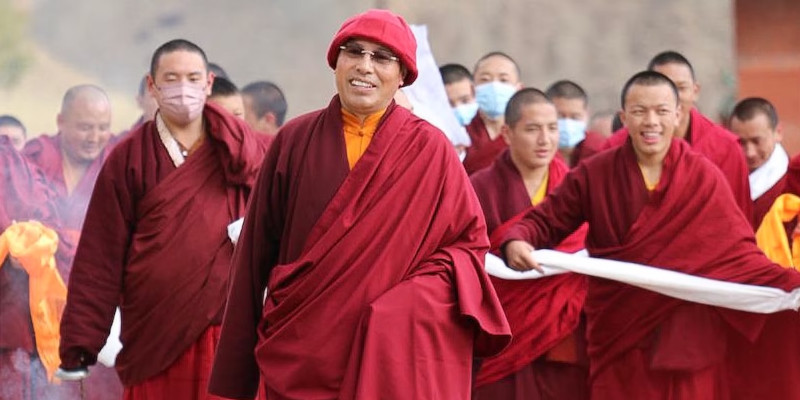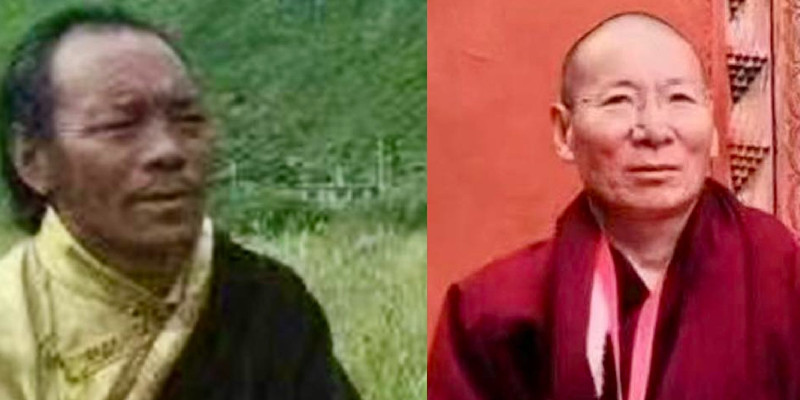Dharamshala, 29th July: President Xi Jinping’s visit to Tibet, the first by a Chinese leader in the region in 30 years, sent a powerful message to China’s southern neighbors last Friday. Tens of thousands of Tibetan refugees live in Nepal, which, like India, shares a border with Tibet. Around 20,000 Tibetan refugees live in Nepal. In the Sino-Nepal relationship, “One China policy” is one of the most significant elements to consider. The Nepalese capital does not recognize Taiwan as a sovereign state and has backed Hong Kong’s new national security legislation. According to Nepali authorities, Tibet is a Chinese domestic issue.
Formal visits to China by the leaders of Nepal and vice versa reinforce the country’s commitment to the One China policy. K.P. Sharma Oli, Nepal’s then-prime minister, reaffirmed Nepal’s adherence to the policy during the visit of China’s Defense Minister Gen. Wei Fenghe to Nepal last year and said that Nepali soil will not be used against Chinese interests. Wei Fenghe commended Nepal for taking this stance and assured the country of Beijing’s support for its sovereignty, independence, and territorial integrity.
Numerous security agreements, like the Mutual Legal Assistance Treaty and the Mutual Legal Assistance Act-2014 signed with China, have been incorporated into Nepal’s laws over the past two decades. In accordance with these agreements and the new border control system, Tibetans who enter Nepal illegally over the China-Nepal border will not be allowed entry and will be sent back to Tibet.
On Xi’s October 2019 visit to Nepal, the importance of Tibetan refugee problems was stressed. Tibet’s “disruptive” refugees were to be returned to China, where they would be prosecuted. Later, it was determined that Nepal had refused to comply with the Chinese demand due to pressure from the West. Chinese state television stated that Xi was outraged by Oli’s comments and warned him that anyone who tried to split China would face “crushed carcasses and shattered bones.”
As a possible separatist leader, China views the Dalai Lama as a threat to the country’s hold on Tibet. They say Beijing is already forcing countries like Nepal and Mongolia to refuse to accept any successor who is not backed by the Chinese government.
Hydroelectric, airport, highway, and telecommunications projects are among the Chinese investments in Nepal that are aimed at strengthening China’s status in that country. In public, the United States and India back Tibet’s cause, but China warns Nepal at every high-level meeting it attends. A precarious scenario has been created for Nepal as a result of this situation. The geopolitical competition will prevent Nepal from changing its approach toward Tibetan refugees.







Leave a Reply